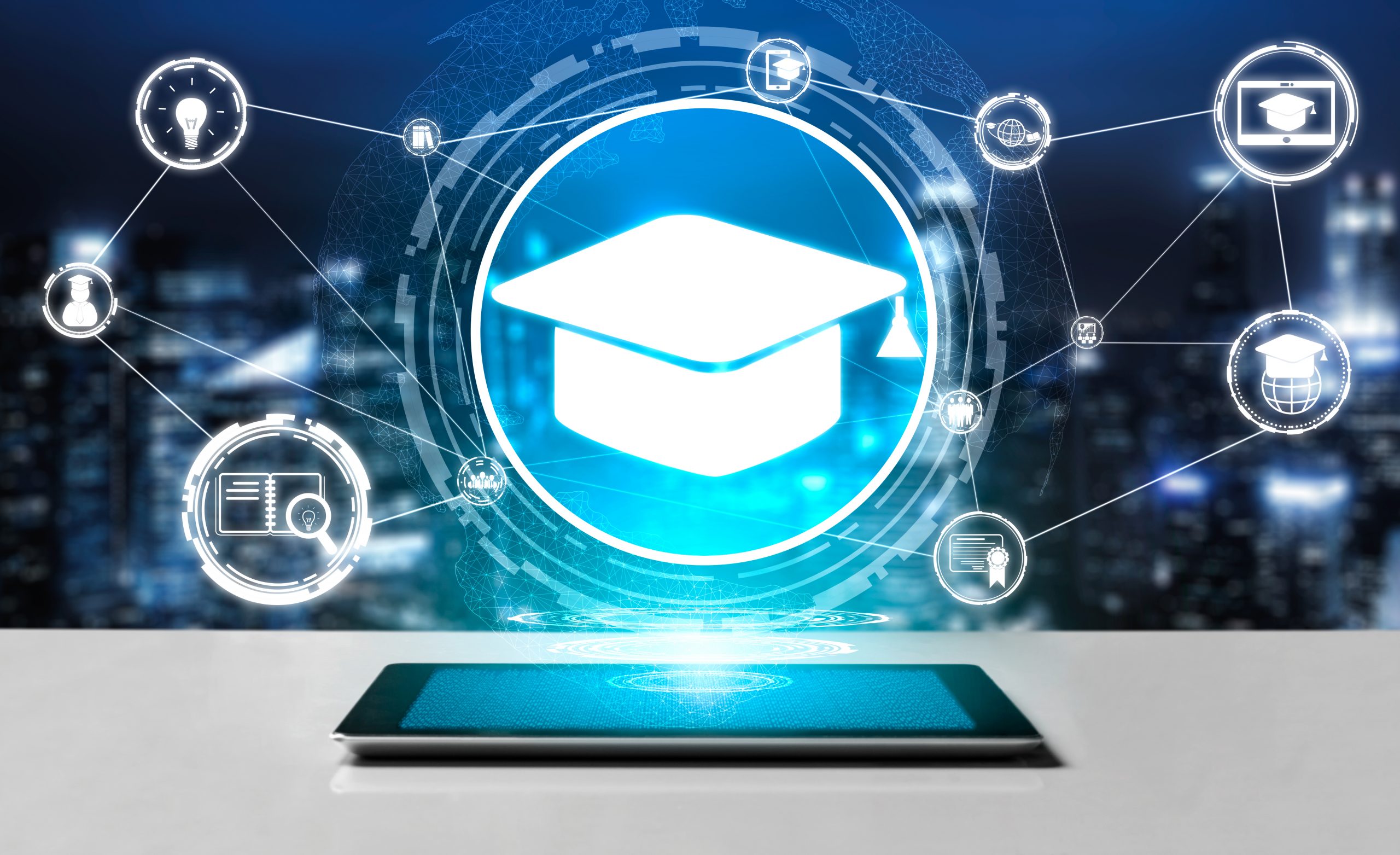Digital Insights
Your go-to source for the latest in technology and gadget reviews.
EdTech Jargon: Decoding the Buzzwords That Really Matter
Unlock the secrets of EdTech jargon! Discover the buzzwords that truly matter and elevate your understanding of educational technology.
Understanding Asynchronous Learning: What It Means for Students and Educators
Asynchronous learning is an educational approach that allows students and educators to engage with course materials and activities at their own pace and on their own schedule. This flexibility is particularly beneficial for those who may have jobs, family responsibilities, or other commitments that make attending live classes challenging. In contrast to traditional face-to-face instruction, asynchronous learning typically relies on digital platforms where students can access recorded lectures, participate in discussion forums, and complete assignments on their own timelines. This format empowers learners to take charge of their education by allowing them to revisit complex topics and study in a manner that suits their individual learning styles.
For educators, the shift to asynchronous learning presents both opportunities and challenges. Instructors must carefully design course materials to ensure clarity and engagement, often incorporating multimedia resources and interactive elements to enhance the learning experience. Additionally, they may need to provide support and feedback asynchronously, which requires a strong understanding of digital communication tools. Effective use of asynchronous learning can lead to diverse, enriched educational experiences that foster student autonomy and responsibility, ultimately preparing them for a more self-directed approach in their future academic and professional endeavors.

Gamification in Education: How Game Mechanics Enhance Learning Experiences
Gamification in education refers to the integration of game mechanics into learning environments, transforming traditional educational practices into dynamic experiences. By incorporating elements such as points, badges, and leaderboards, educators can motivate students to engage more deeply with the material. When students participate in activities that reward them for their achievements, they are likely to experience heightened levels of enthusiasm and commitment to learning. This method not only makes learning more enjoyable but also enhances retention and comprehension by making complex concepts more accessible.
Incorporating game mechanics into educational frameworks can lead to significant improvements in students' problem-solving skills and collaboration. For instance, role-playing games foster teamwork and communication as students work together to overcome challenges. Additionally, educational platforms that utilize gamification often feature adaptive learning systems, which tailor content to meet the unique needs of individual learners. As a result, students receive immediate feedback and can track their progress over time, creating a personalized learning journey that cultivates both confidence and curiosity.
What is Blended Learning? A Comprehensive Guide to Its Benefits and Challenges
Blended learning is an educational approach that combines traditional face-to-face classroom methods with online learning experiences. This hybrid model allows students to benefit from the advantages of in-person instruction while also leveraging the flexibility and accessibility of digital resources. As educational institutions increasingly embrace technology, blended learning has emerged as a popular solution that caters to diverse learning styles and paces. Key components of blended learning include synchronous and asynchronous instruction, which provides opportunities for students to engage with their peers and instructors in real-time communication, as well as at their own convenience.
Despite its numerous advantages, blended learning also presents certain challenges. Educators must develop effective strategies for integrating technology within the curriculum while ensuring that learning objectives are met. Additionally, students may face difficulties in self-directed learning, particularly those who thrive in structured environments. To maximize the benefits of blended learning, institutions should prioritize training for instructors and offer support resources for students. By addressing these challenges head-on, organizations can create enriched learning experiences that prepare individuals for success in an increasingly digital world.